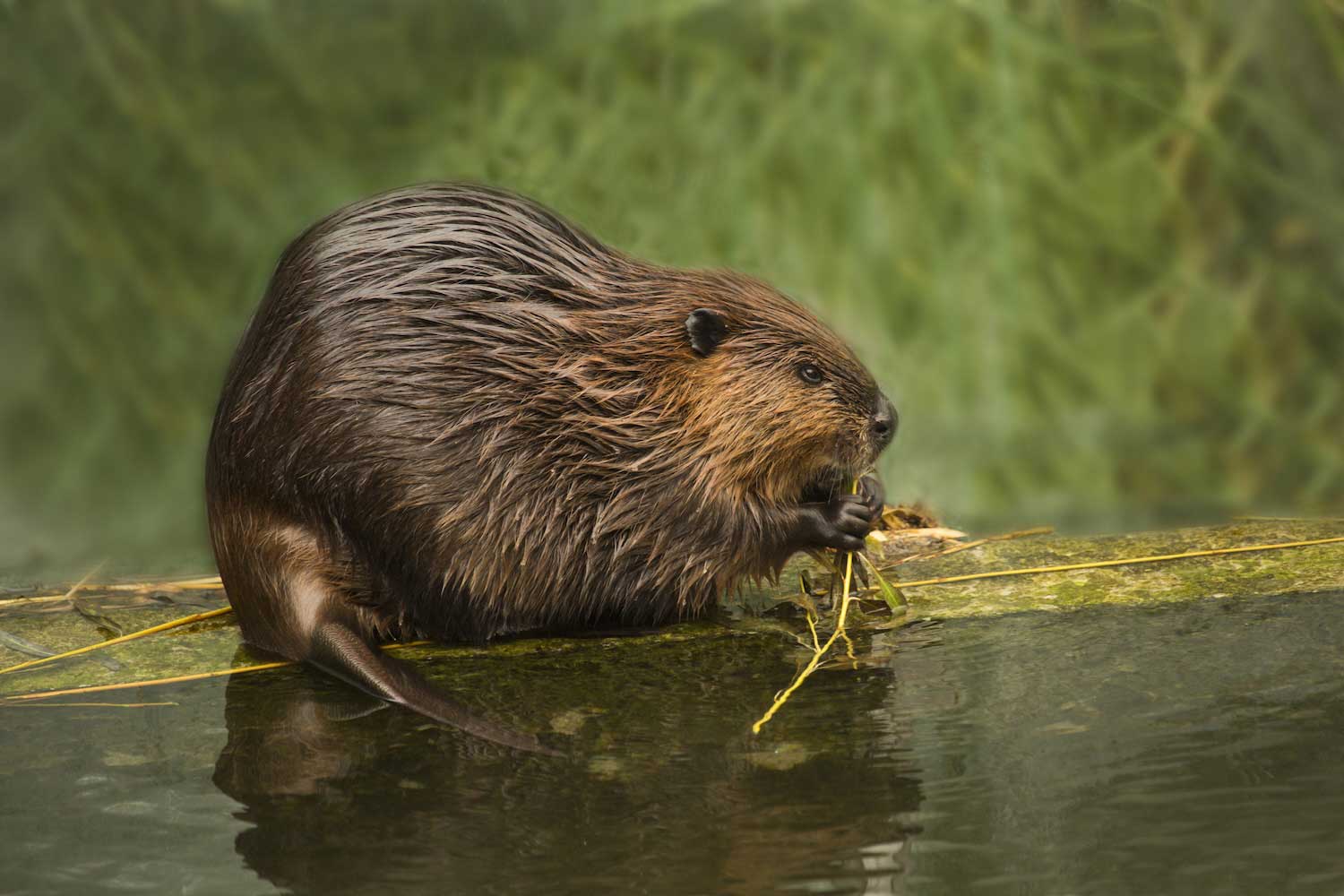What's the difference?: North American beaver vs. Eurasian beaver

When thinking of rodents, small animals usually come to mind. Mice are rodents, and so are chipmunks and squirrels. Pets like hamsters and gerbils are also rodents. But some larger animals are rodents too.
The North American beaver is the largest rodent in North America, and it is one of two beaver species in the world. The other, the Eurasian beaver, is also large and similar in size to our local beaver species. It can be found in parts of Europe, and it is the largest rodent on that continent.
While both the North American beaver and the Eurasian beaver are at the top of the list of the world's largest rodents, neither can claim the title outright. The world's largest rodent is the capybara, which is native to Central and South America, according to the San Diego Zoo. Capybaras look a little like pigs and were originally thought to be a part of the pig family. They are most closely related to guinea pigs and another type of rodent called the cavy. They are, however, much larger than guinea pigs. They can stand up to 2 feet tall at the shoulder and weigh between 60 pounds and 175 pounds.
Capybaras have a distinct look, and you wouldn't be likely to mistake a beaver for a capybara, but telling the difference between an American beaver and a Eurasian beaver would be tricky if they didn't live on separate continents. These two rodents are very similar in appearance, with the American beaver having descended from the Eurasian beaver, according to Wildlife Online.
Eurasian beavers tend to be slightly smaller than their American cousins, but not noticeably so to a casual observer. The two species share many other physical characteristics as well, including brown fur; long, flat tails; and webbed feet, Animal Diversity Web reports.
A skilled observer may be able to tell the difference between the two beaver species based on a few subtle physical differences. First, Eurasian beavers typically have fur that is a lighter shade of brown than their American cousins, and their tails are a little more narrow, PBS reports. Less obviously, Eurasian beavers also have longer skulls and their nasal bones are more triangular in shape.
Beyond these slight differences in appearance, the two beaver species lead similar lives, albeit on different continents. Both can be found living in fresh bodies of water like rivers and lakes, and they both are herbivores that eat a variety of plant matter, but primarily bark, aquatic plants and leaves, according to PBS.
American and Eurasian beavers are also both considered keystone species, which are plants and animals that play a crucial role in the ecosystems they inhabit because they are critical to the survival of other species in those ecosystems, National Geographic reports. Beavers are vital because they engineer ecosystems through their normal behaviors of building lodges and dams, which creates new habitat for other plants and animals, according to the National Park Service. If beavers were to disappear from a habitat where they are established, the entire ecosystem would be altered because it would no longer support the plants and animals that benefited from the beavers’ presence.
Another thing these two beaver species have in common is that they were both nearly hunted to extinction. Eurasian beavers were once common and widespread across Europe and parts of Asia, but today they exist in only pockets of their original range after nearly being eliminated, according to the People's Trust for Endangered Species.
Beavers were hunted extensively for their furs as well as their meat and castoreum, a substance they secrete from scent glands. They were gone from England by the 12th century and from Scotland by the 16th century, and by 1900 only about 1,200 beavers remained in all of Europe, the People's Trust reports. Since then, the population has somewhat recovered, with beaver populations successfully reintroduced in Austria, France, Germany and Scotland.
The beaver population in North America was similarly decimated in the early 19th century, when their furs were the most valuable commodity in all of North America, according to the Smithsonian National Zoo. By the early 20th century, beavers were absent from almost all their original range. Just as in Europe, reintroduction efforts have allowed the population to rebound, but not to the levels at which they once inhabited much of America.
